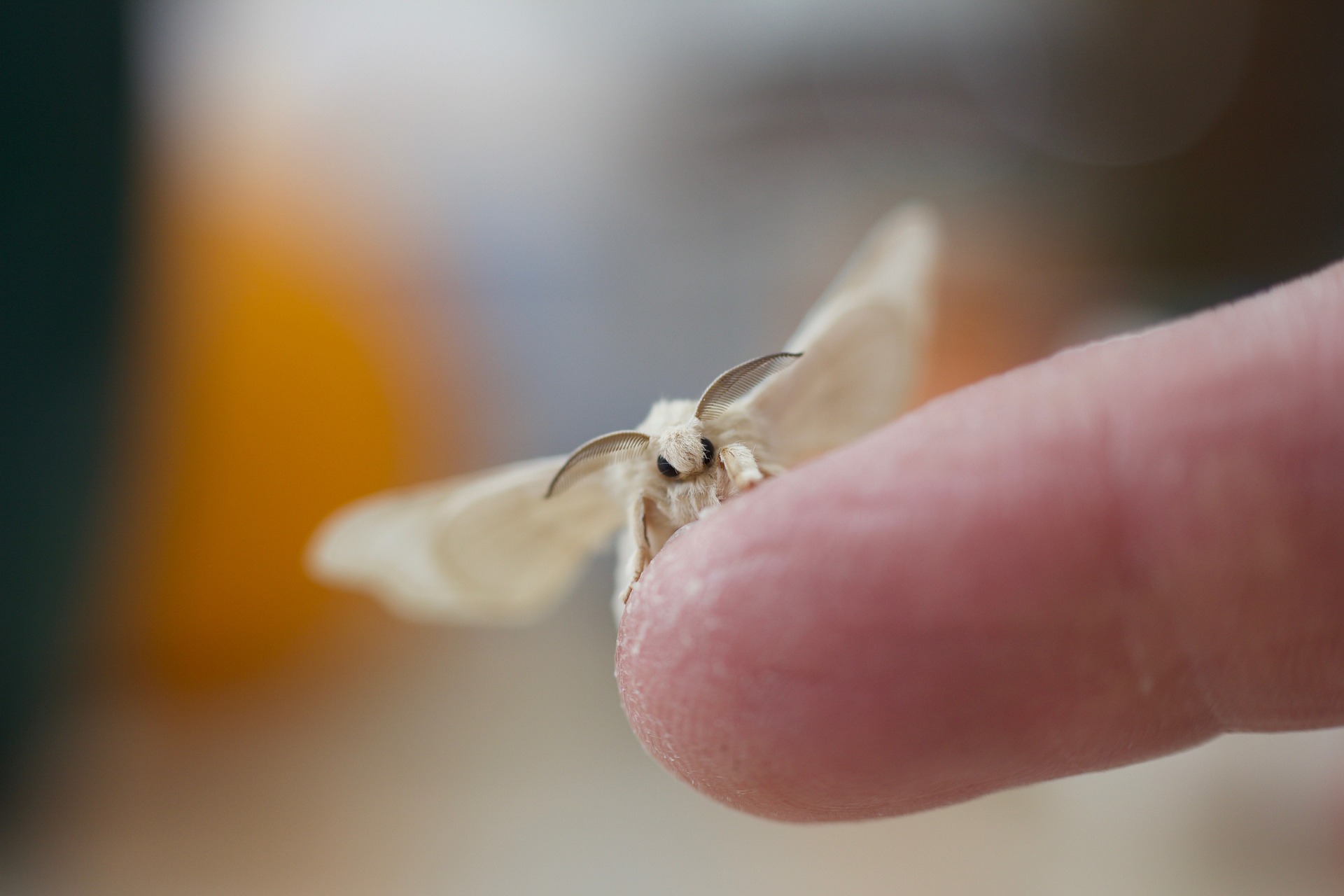
Ketia Silk - A Peace Lover

Ketia Silk, a prized fabric revered for its lustrous appearance, soft texture, and graceful drape. Originating from the serene landscapes of India, Ketia Silk is renowned for its luxurious feel and timeless appeal. With its subtle sheen and fine weave, Ketia Silk exudes elegance and sophistication, making it a coveted choice for upscale attire and exquisite furnishings.
As purveyors of fine textiles, Anuprerna stands as a leading provider of Ketia Silk, offering discerning customers the epitome of elegance and sophistication. With a steadfast commitment to quality and craftsmanship, Anuprerna ensures that each piece of Ketia Silk embodies timeless beauty and impeccable style
Origin:
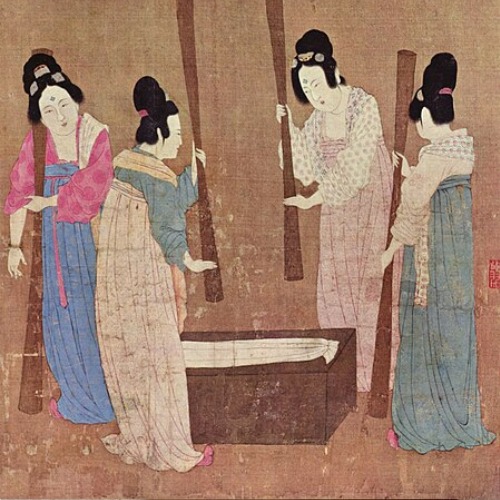
The production of silk began in China during the Neolithic period, with traces found in the Yangshao culture dating back to the 4th millennium BC. For a significant period, silk production remained limited to China.
It wasn't until the latter part of the 1st millennium BC, with the opening of the Silk Road, that the trade and spread of silk to other parts of the world began. Despite this, China continued to dominate silk production for approximately another thousand years.
A PEACE OFFER
Ketya is a type of Ahimsa Silk that has its origins in West Bengal, India. It is characterised by its rough and textured handloom quality. The fabric is created by weaving yarns that are spun from broken or leftover fibres from hatched Tussar silk moth cocoons, and these are combined with other yarns like Tussar, Matka Ahimsa Silk, or Khadi.
MANUFACTURING PROCESS
Tussar Silk:
A variation of the process exists in which the silkworms are allowed to leave before the cocoons are soaked in boiling water to soften the silk, and then the fibers are reeled.Single-shelled, oval-shaped cocoons are collected and then boiled to extract the silk yarn. Boiling is a very important part in the manufacturing of silk, as it softens the cocoon and makes the extraction of silk easier.
In conventional sericulture, the cocoons are boiled with the larvae still inside, but if the cocoons are boiled after the larvae have left them, the silk made is then called "nonviolent silk" or "Ahimsa silk"
Matka Silk:
Matka cloth was a kind of coarse silk from the Indian subcontinent. It was mainly produced with pierced cocoons. A pierced cocoon is one from which the moth of the silkworm has emerged and damaged the cocoon. The silk from these cocoons is spun, not reeled. The fabric made from these yarns is known as “Matka cloth.”
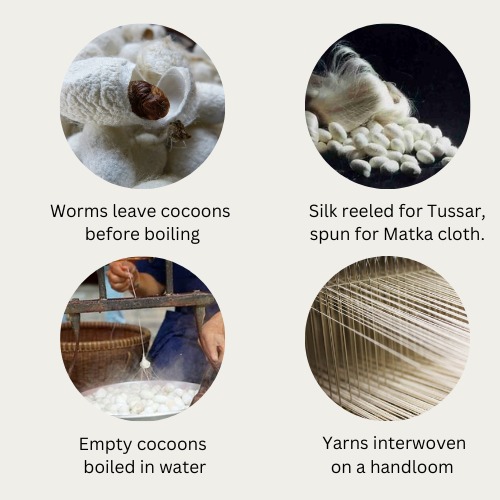
CONSTRUCTION
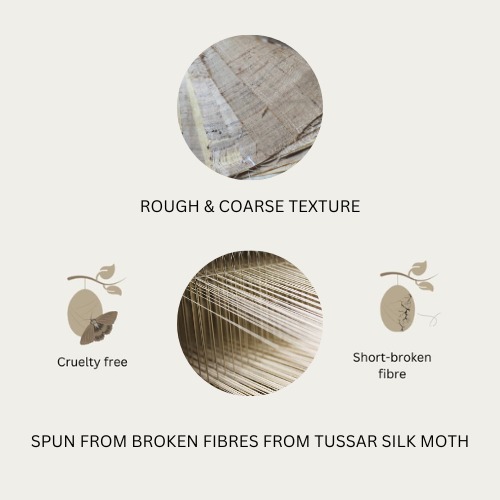
These different yarns are interwoven as both the warp and weft, or vice versa, on a handloom to create Ketya fabric. This unique blend of materials and weaving techniques gives Ketya its distinct appearance and texture
INFLUENCE IN FASHION

Ketia silk has long been a staple in the fashion world, gracing runways and red carpets with its elegance. Its natural sheen and drape make it perfect for creating flowy and luxurious garments. Ketia silk dresses, blouses exude sophistication and timeless beauty.
Designers and fashion enthusiasts alike hold a deep appreciation for the unparalleled quality that Ketia silk offers. Its unmatched combination of a rich, luxurious texture and an effortless, ethereal aura makes it a prized selection for creating captivating outfits.
Ketia silk's enduring popularity is a testament to its ability to add a touch of timeless charm and sophistication to any attire. Whether it's the allure of a Ketia silk evening gown or the grace of a silk blouse, this exquisite fabric continues to be a cherished choice for those seeking both elegance and an enchanting presence in their wardrobe.
SOME INTERESTING FACTS
Tussar silk is a variety of wild silk that is produced by silkworms feeding on plants such as asan and Arjun
Tussar is famous and valued for its natural golden color.
Kosa is the Sanskrit name of Tussar silk.
In the olden days,Matka was a silk for poor people and religious people. This is because it doesn't kill the insect to get the silk.
Silk is naturally hypoallergenic and antimicrobial.
Silk is said to be the strongest natural textile in the world!
related questions
Is peace silk expensive?
arrow_drop_downYes, peace silk tends to be more expensive than conventional silk due to the labor-intensive and time-consuming process involved in allowing the silkworms to emerge from the cocoon naturally.
What is ketia fabric?
arrow_drop_downKetia fabric is a traditional handwoven textile from Nagaland, a northeastern state of India. It is known for its vibrant colors and intricate tribal designs, often created using traditional backstrap looms by skilled weavers from the indigenous Naga communities.
What is Peace Silk?
arrow_drop_downPeace silk, also known as Ahimsa silk, is a type of silk fabric produced in a manner that minimizes harm to silk-producing insects. Unlike traditional silk production, which involves boiling silk cocoons to extract the fibers, peace silk allows the silkworms to emerge from the cocoon naturally before the silk fibers are harvested. This process is considered more humane and ethical, aligning with principles of non-violence (Ahimsa) towards living beings.
What are the benefits of peace silk?
arrow_drop_downThe benefits of peace silk include its ethical production process, which minimizes harm to silk-producing insects, aligning with principles of non-violence (Ahimsa).
More Blogs
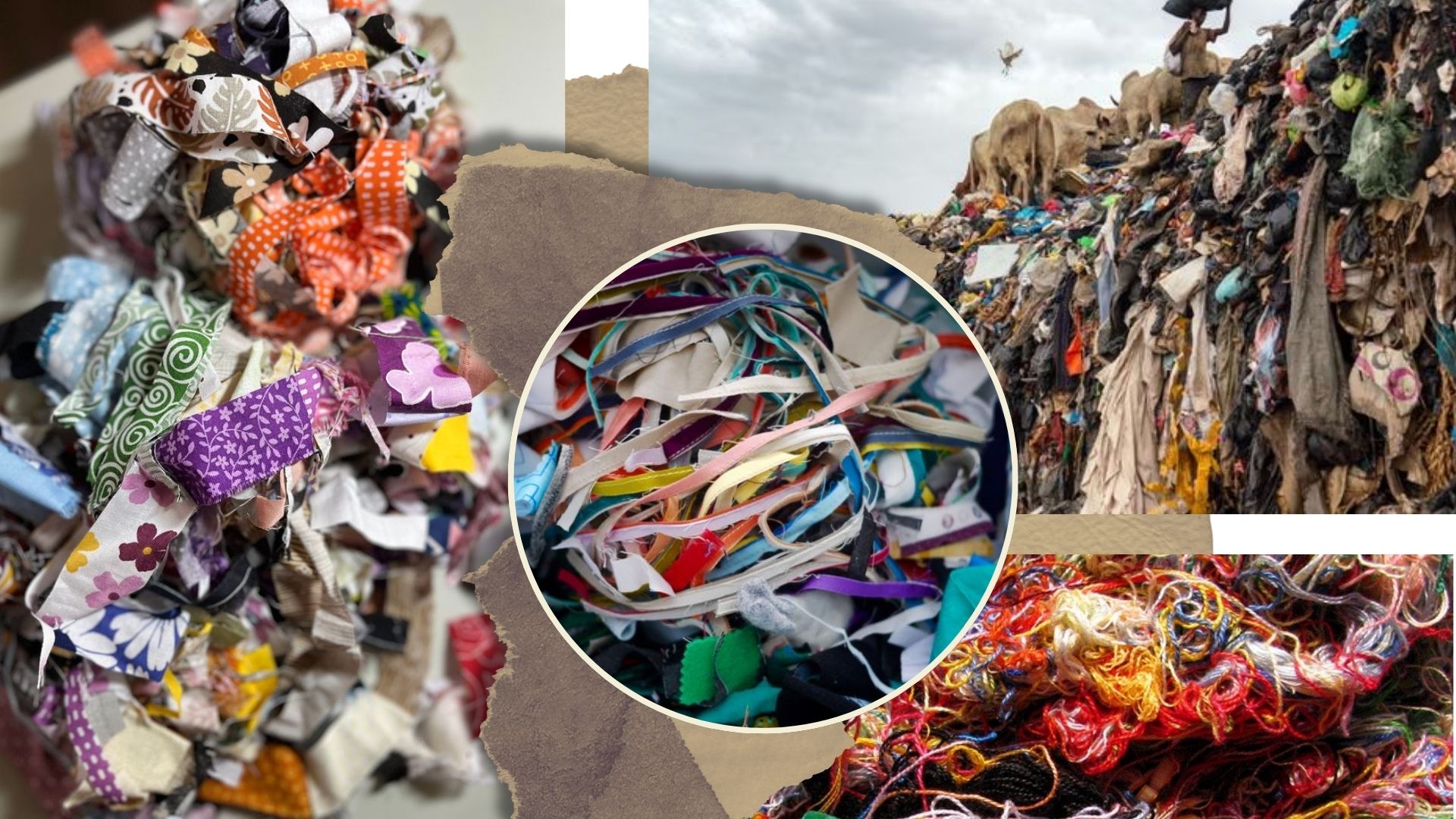
the scrap fabric solution, from clutter to creation
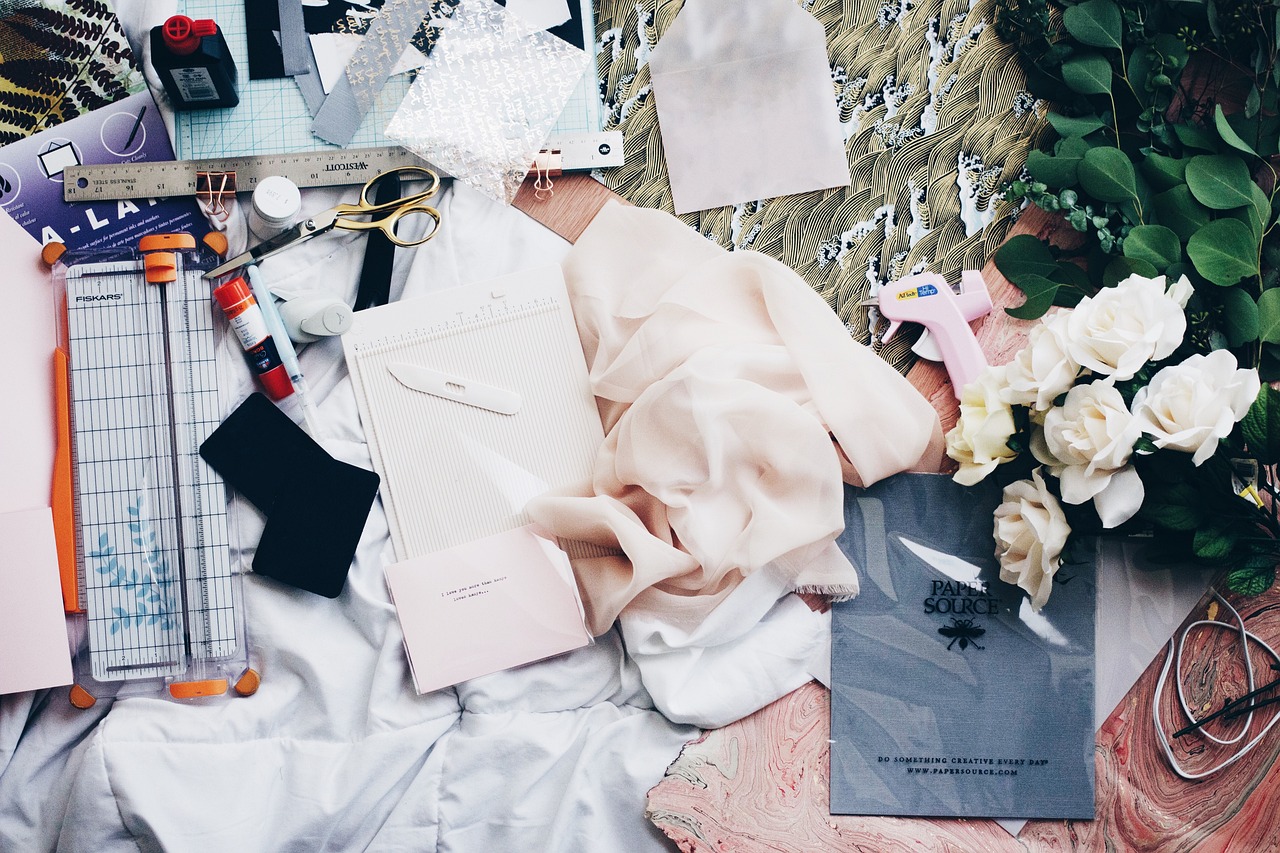
the art of sustainable recyclability
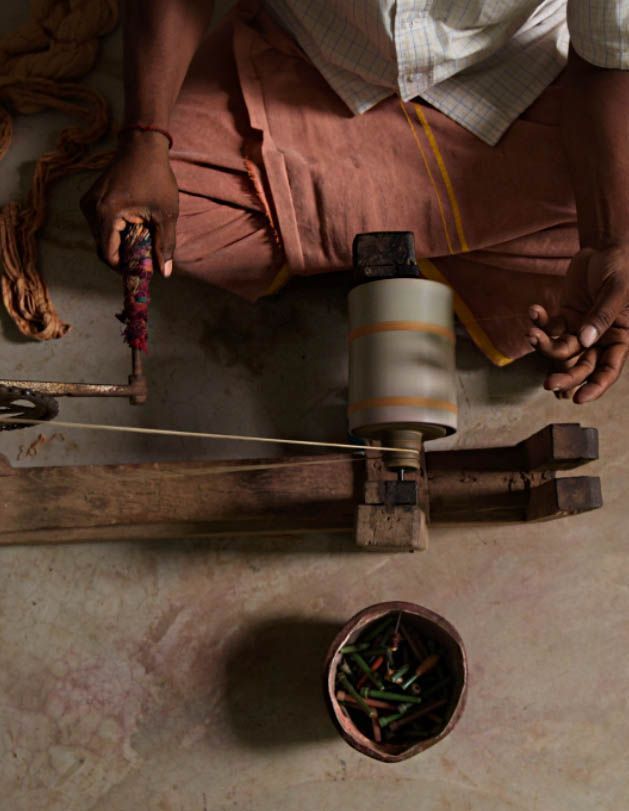
indian handloom in contemporary world
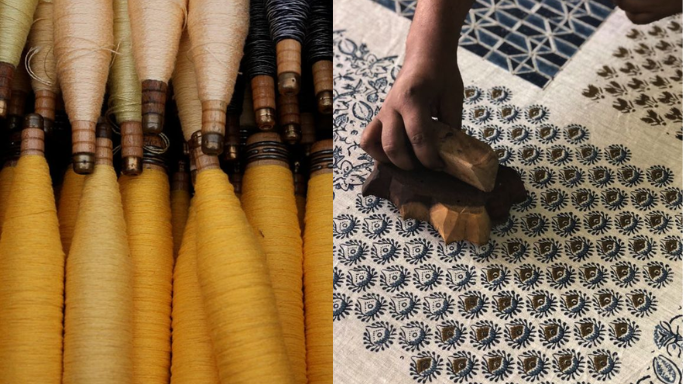
sustainability through handloom manufacturing
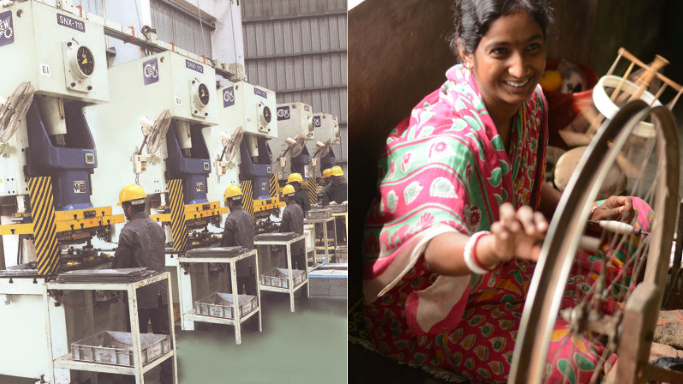
how to identify handloom fabrics in a powerloom world
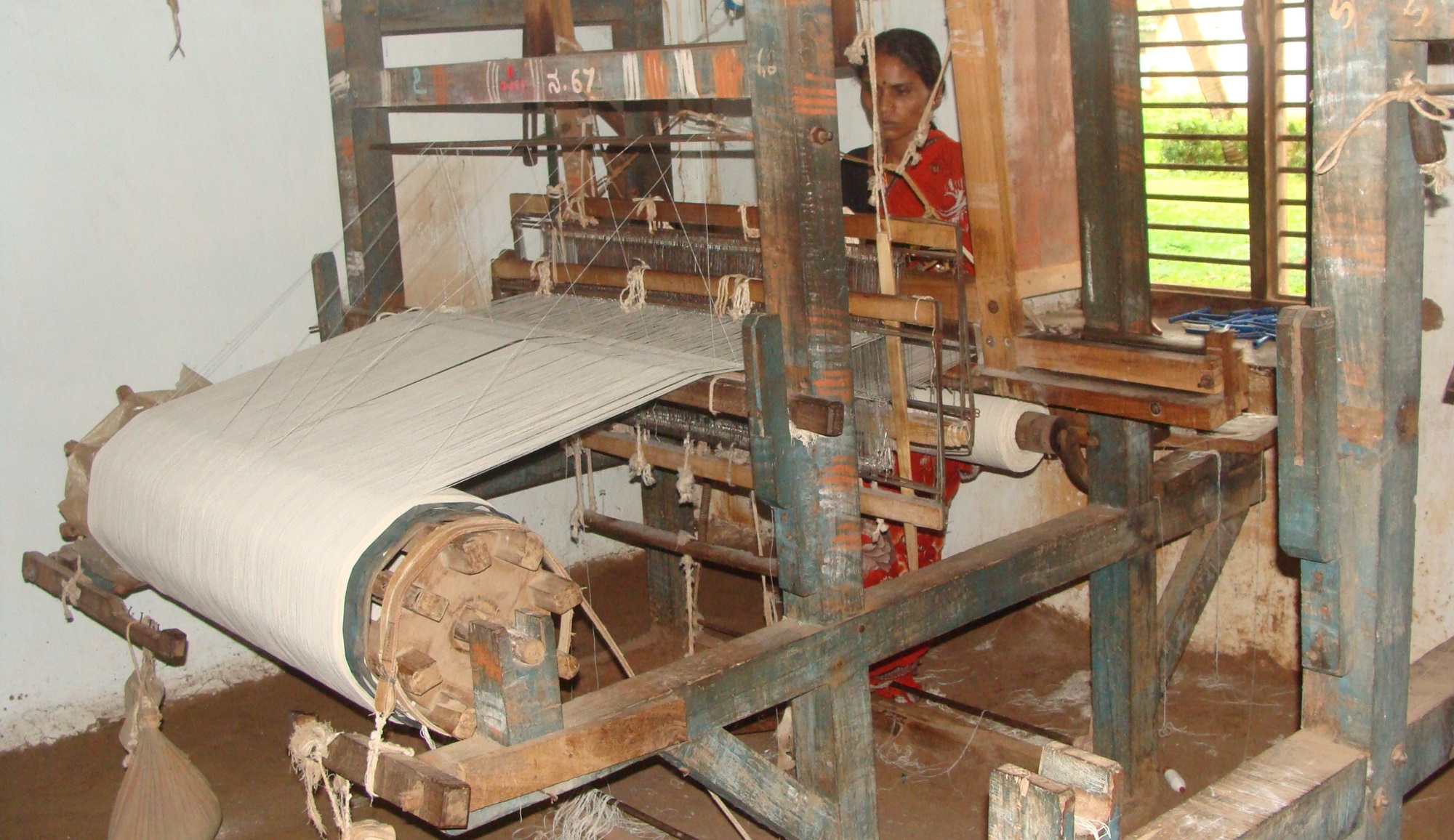
reviving handloom weaving of india's finest khadi






